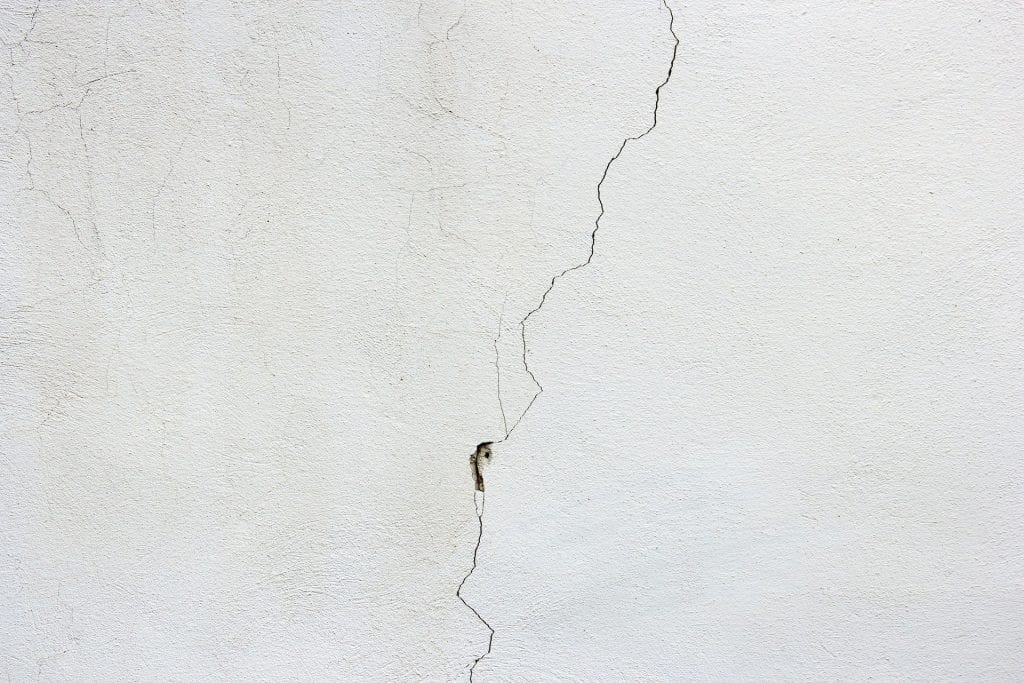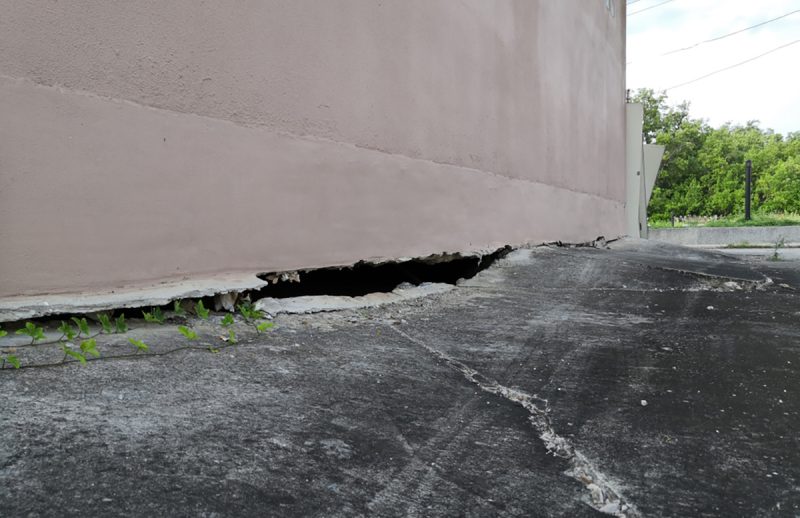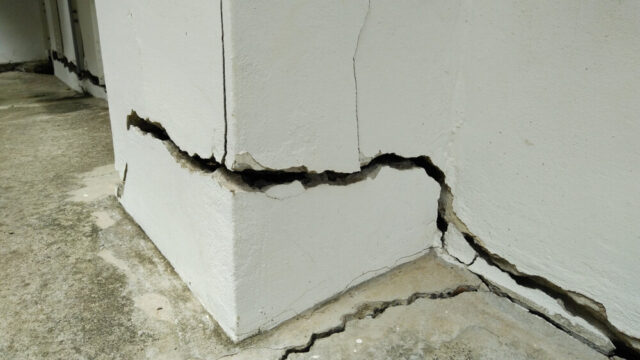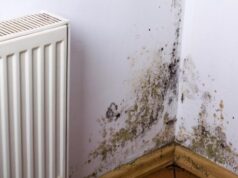Crevasse in the foundation can be frightening, and it’s normal for house owners to fear the worst. On the other hand, foundation cracks can be produced by different factors, notably normal aging. Little base fractures might allow moisture, dirt, or insects into your house; they are not usually severe.
Foundation fractures can, of all, indicate partial collapse. These foundational cracks, which are typically broad and deep, are severe and must be investigated by an installation and repair expert as soon as possible.
We’ll go over the reasons for foundational cracks, the different varieties, identifying if a fracture is significant or not, restoration options, and much more in this post.
Specific Sorts Of Foundation Cracks And Their Treatment
There are various types of foundational cracks you may encounter in your residence:
Horizontal foundational cracks
Horizontal foundational cracks and structural cracks in homes frequently indicate a somewhat more massive issue. Fluid pressure from the exterior of the buildings causes them, resulting in structural failure.
The majority of bases are built to withstand groundwater stress. Added pressure from torrential rainfall or floods can cause severe transverse fractures that must be fixed immediately.
Horizontal Fracture Treatment
Suppose the topsoil surrounding your House isn’t correctly sloped and irrigated. In that case, rainwater can ultimately soak the surface around the concrete foundation, increasing fluid pressure that could lead the buildings to fracture or collapse.
Epoxy injectors are among the most effective treatments for crack control. Epoxy injections are a method of repairing a fracture by welding it firmly again. It recovers the previous concrete’s hardness and weight capacity.
Furthermore, carbon composite restoration solutions, which assist in strengthening damaged foundation walls, are the finest way to address horizontal foundational fractures.
Vertical foundational cracks

Longitudinal foundational cracks go upward the sidewalls or edges of the structure. Vertical foundational fractures are common for most bases, and they aren’t always indicative of structural flaws. Fluid pressure, produced by excessive water in the soil pressing on the structure, can create broad vertical base fractures.
Vertical Or Longitudinal Cracks Treatment
Vertical and longitudinal fractures in your apartment’s ground are usually signs of ground movement rather than extensive damage. Uninformed owners and sloppy builders would sometimes try to restore the fracture by chiseling out an oblique groove and afterward filling this with cementitious material.
The additional concrete will plug the gaps, but it will not attach to the old concrete. To fix a longitudinal or vertical fracture, use a high-pressure concrete crack injection. You may well have a foundational issue if a fracture is wide enough to enter a dime, and you’ll need to spend on renovation.
Stair step cracks
Although vertical cracks are less dangerous than horizontal fractures, they still can cause damage to your foundation. Flood damage, as you may be aware, maybe extremely damaging. Stair fractures are most commonly encountered just above base on the outer wall of a brick & mortar structure.
They indicate foundational slippage or movement and should be addressed by a core service business. This stair-stepping is produced by ground shifts causing fracturing in the brickwork. This kind of foundational fracture is frequently the cause of leaking the basement in old houses.
Stairstep fractures treatment
Although the issues can be resolved with the assistance of professionals, abrasive wear is an unavoidable part of owning an older home. Nevertheless, pier construction may be required if the bottom is completely damaged. Make an appointment with a specialist to get these fractures examined.
What Happens If Your Foundation Is Damaged?
Water is the basic cause of the great majority of the complaints. Differences in humidity cause ground elements to expand or contract, causing motion underneath your structure. If any of the following apply to your home, it will be more vulnerable to foundation failure:
- You live in a place where the seasons fluctuate dramatically.
- It was constructed on large clay content.
- You had a sewage issue beneath your House.
- Earthquakes, water, or droughts weakened the building.
- It was built on infill materials that had been poorly crushed.
- The roots of trees have grown too near to the House.
- A base that was not planned properly for the ground or weights will ultimately cause severe complications.
Foundation Fractures Are A Reason For Worry When

Tiny microscopic fractures just under a tenth of an inch in diameter are generally not caused for concern. Consult an installation and repair expert for an assessment if you have bigger fractures, imperceptible gaps that are growing wider and need to be monitored, or fissures that enable moisture to seep in.
Foundations fractures: structural vs. non-structural
In essence, structural cracks endanger the internal structure of your building, whereas non-structural fractures do not.
Structural fractures
These Cracks usually are fissures in the base course of flat slab or concrete bricks. Stretching ground, gaps underneath the base, open land that’s not appropriately compressed during development, and draining issues are all causes of structural damage.
Non-structural fractures
Compressibility during the cement cure cycle is the most prevalent source of non-structural fissures. Non-structural fractures do not jeopardize the structural strength of your house. That isn’t to say they aren’t dangerous. Moisture could enter your cellar through a non-structural breach in the block wall.
What Are Some Symptoms Of Foundations Issues?
Were you unsure if you have a foundational problem? All foundations sink over age; whenever this settling is unequal or excessive, issues arise. The following are some of the most prevalent indications of foundational strain:
Danger Signs on the Outside
- Swivel of the walls
- Creating a barrier all-around door frames, windows, or buildings.
- Bricks with cracks
- The base is damaged or fractured.
- Paneling that has been moved
Internal Indications of Danger
- Windows and doors that aren’t aligned properly
- Sheetrock with cracks
- Irregular flooring Fractures in the floor
Suppose a building’s framework begins to deform after three years of great results. In that case, it’s unlikely that the deformation is attributable to full-depth ground movements that are always visible as matching fractures.
Conclusion

It’s reasonable for a householder to be concerned about foundation damage. The good thing is they’re not usually indicative of fatigue failure. A lot of the time, it’s just normal aging. It’s always better to come down to prudence, though. If you notice significant foundational fractures in your house, schedule a structure check with your region’s installation and repair contractor.




